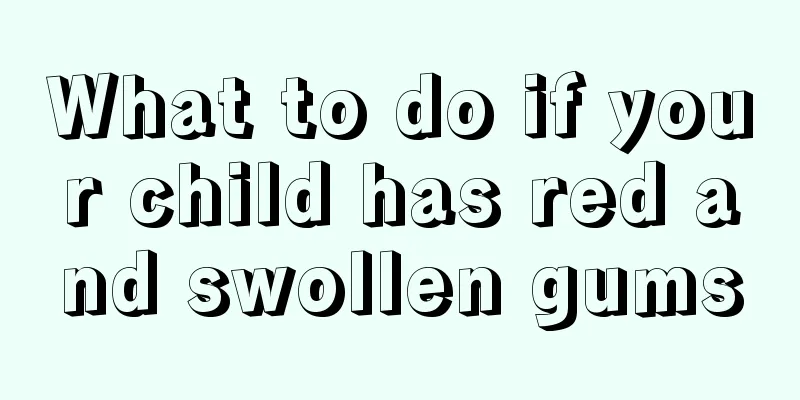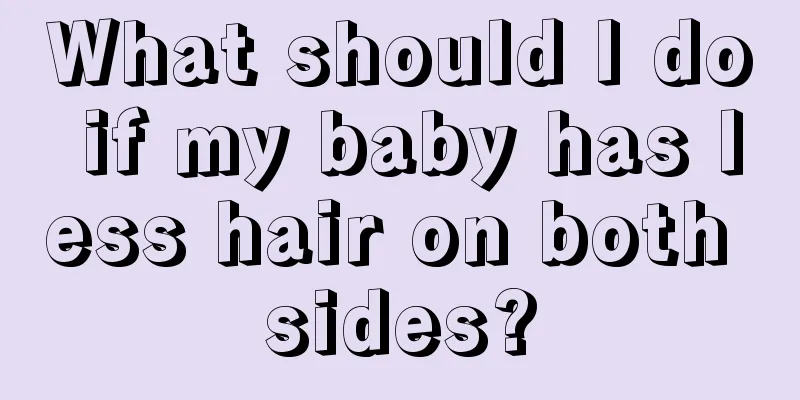What to do if children have eczema on their face

|
Eczema is a skin disease that is common in children. It can occur in various parts of a child's face, such as the face. The child's face is the most important part, so it requires more careful care. Otherwise, scars will be left, which will cause psychological shadows on the child's future. Let's take a look at what to do if a child has eczema on his face. Pediatric eczema is an allergic skin disease, which is commonly known as an allergic skin disease. The main cause is intolerance or allergy to ingested, inhaled or contacted substances. Children with eczema initially develop red skin and rashes, followed by roughness and flaking of the skin. Touching the child's skin feels like touching sandpaper. Heat and humidity can make eczema more obvious. Eczema is divided into three stages: acute, subacute and chronic according to the manifestations of the rash during the course of the disease. The initial lesions are dense millet-sized papules, papulovesicles or blisters on an erythematous basis. After the blisters rupture, erosive surfaces are formed with serous exudation and crusting. If acute eczema is not treated properly, it may turn into subacute or chronic eczema. If treated promptly and appropriately, it may gradually improve, but it is prone to relapse. In severe cases, large areas of erythema may occur, covered with groups of papules, papulovesicles, blisters, erosions and exudates, with thick crusts on the surface, and may also extend to the entire head and face or head and neck. Erythematous papules, papulovesicles, blisters and pruritus appear around the lesions. Abrasions may cause erosion and scabs, with pus oozing under the scabs, small pustules on the edges, and local lymph nodes enlargement and tenderness. Parallel linear erythema, papules and blisters caused by scratching may also occur in nearby or distant areas. Clear the wound secretions, eliminate chemical irritation, and control the infection, and the condition can improve rapidly. 1. Remove the cause Parents should pay close attention to internal and external factors that may easily induce the disease, try to find possible pathogenic factors and eliminate them, actively cooperate with treatment, and keep the skin clean. 2. External treatment For external use, you can choose compound cod liver oil ointment and ethacridine zinc oxide cream in combination with creams containing corticosteroids, such as 1% mometasone furoate, beclomethasone propionate cream, etc. 3. Hormone therapy Actively treat systemic diseases and eliminate lesions. For acute and widespread cases and those who have not responded to multiple treatments, short-term use of corticosteroids, such as oral prednisone, may be considered. Skin diseases such as eczema are often accompanied by unbearable itching, so children often can't help but want to scratch the areas with rashes with their hands. Parents need to pay attention at this time. Scratching the facial skin can easily leave scars. It is recommended to apply anti-itching ointment to the child and look for allergens to eliminate eczema from the root. |
<<: Physical therapy for fever in children
>>: The difference between viral cold and bacterial cold in children
Recommend
Three-month-old baby development indicators
I don’t know if you are familiar with the rules o...
Do all newborns breathe very fast?
The breathing of a newborn is indeed faster than ...
How to generally treat vitiligo in children
Children have relatively low immunity and are par...
How do children develop tooth decay?
As we all know, children's self-control is ge...
Why does my child's neck swell when he talks?
Many clinical diseases have obvious symptoms and ...
Normal height of baby
The baby's health is an issue that everyone i...
What color is jaundice poop?
Jaundice is common in newborns, especially in bab...
What causes black spots in children's eyes?
Experts say that if there is no change in the bla...
What to do if your baby always gets better from a cold
Children can be said to be the treasure of a fami...
What should I do if my baby has a runny nose and spit up milk? Parenting experts tell you the answer
Parents, please take note: if your baby has a run...
What foods can a nine-month-old baby with moderate anemia eat?
Babies are prone to anemia during their growth. A...
Treatment for children's bedtime cough
Nowadays, the incidence of children coughing befo...
Success rate of pediatric hip surgery
As newborns grow up gradually after birth and lea...
Prevention and treatment of viral infections in children
Viral infection is a relatively serious infection...
Where to massage when a child has a stomachache
It is very common for children to have stomachach...









